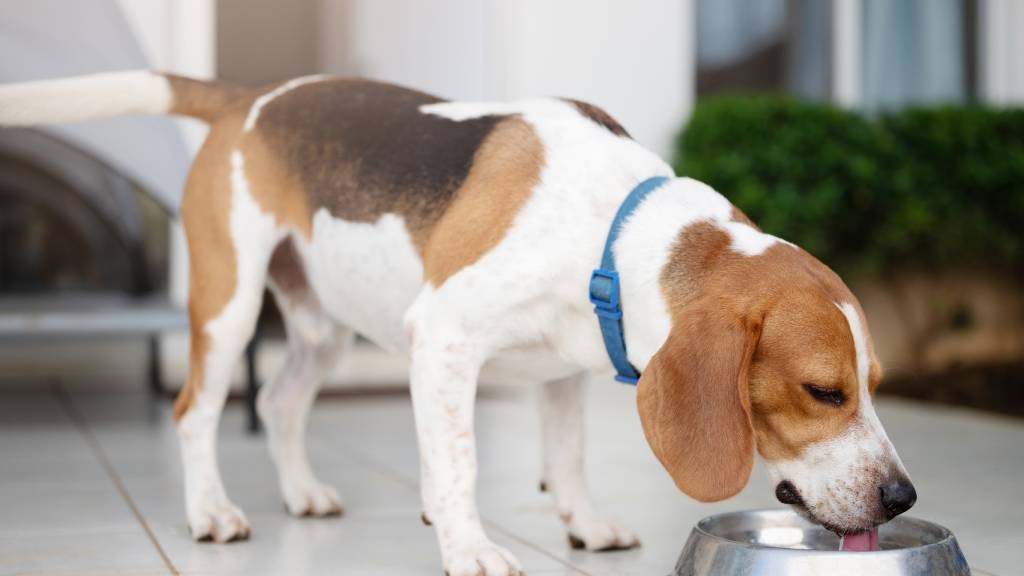Quick take
- Aussie summers bring risks like heatstroke, snake bites, sunburn, and insect-borne disease
- Pets can’t cool themselves like humans – panting has limits
- Prevention includes water, shade, avoiding peak heat, and yard safety
- Sunburn affects light-coated pets on noses, ears, and bellies
- Knowing the signs early can save your pet’s life
Why summer can be risky for pets
Australia’s summer brings long, hot days – but also increased hazards for our pets. Dogs and cats are particularly vulnerable to heatstroke, dehydration, snake bites, and even sunburn. Understanding these risks and taking preventative steps is key to keeping your furry mates safe.
Heatstroke: a hidden danger
Heatstroke can develop fast during hot Aussie summers – pets often show frantic panting, a racing heartbeat, vomiting, or collapse. Understanding the signs early can give you a crucial head start.
Signs of heatstroke:
- Excessive panting or drooling
- Rapid heartbeat
- Lethargy or weakness
- Vomiting or diarrhoea
- Collapse or unresponsiveness
Prevention tips:
- Never leave pets in cars, even for a short time
- Ensure access to fresh water at all times
- Provide shaded areas in outdoor spaces
- Avoid exercise during peak heat hours (10am–4pm)
- Test the pavement on your bare feet before walking your pet, if it’s too hot for you it’s too hot for your buddy
- Use cooling mats or damp towels on hot days
Snake bites and outdoor hazards
Summer is also snake season in many parts of Australia, especially in warmer, rural, or bushland areas. Dogs and cats are naturally curious, but snake bites can be life-threatening if not treated quickly.
Prevention tips:
- Keep your yard well-mown and tidy
- Avoid walking pets near tall grass or bushland
- Keep dogs on leads in high-risk areas
- Learn the signs of a snake bite: swelling, puncture marks, sudden collapse – and seek veterinary care immediately
Sunburn and skin protection
Pets, especially those with short or light-coloured coats, can get sunburnt. Sensitive areas like ears, noses, and bellies are most vulnerable.
Prevention tips:
- Limit direct sun exposure during peak hours
- Use pet-safe sunscreen on sensitive areas
- Provide covered outdoor spaces for shade
Insect bites, toxins, and other hazards
Summer brings mosquitoes, ticks, and other insects that can spread disease. Some garden plants and chemicals are also toxic if ingested.
Prevention tips:
- Use flea and tick treatments recommended for pets
- Avoid leaving pets near fertilisers, pesticides, or toxic plants
- Watch for unusual behaviours like scratching, vomiting, or lethargy
Tips for keeping pets safe this summer
- Hydration is key – always provide plenty of fresh water indoors and outdoors
- Cool spaces – ensure access to shaded or air-conditioned areas
- Safe walks – walk dogs in the early morning or late evening
- Emergency preparedness – know your nearest 24-hour vet clinic
- Regular checks – monitor your pet daily for signs of heat stress or illness
Final thoughts
Australian summers are beautiful, but they can pose serious risks for pets. By understanding the dangers of heatstroke, snakes, sunburn, and insect-borne illnesses – and taking proactive steps – you can keep your furry companions safe, healthy, and happy all season long.
Keep your furry mate covered with Buddy
Summer in Australia can be tough on pets, from scorching heat to snakes in the backyard. Buddy Pet Insurance can help you rest assured, so you can focus on keeping your furry mate cool, comfy, and ready for all the good times.
Get a quote today and head into summer knowing your best mate’s got backup.
FAQsFrequently Asked Questions about summer pet dangers
Summer in Australia can be ruff on our best buddy. Here are answers to the top questions pet parents ask about keeping pets safe through the sizzling summer months.
What are the signs of heatstroke in dogs?
Excessive panting, drooling, lethargy, vomiting, and collapse are all signs of heatstroke. If you notice these, seek vet care immediately.
Can pets get sunburned?
It’s true – pets can get sunburned just like the rest of us. Light-coloured or short-coated pets are at higher risk. Apply pet-safe sunscreen to vulnerable areas like ears and noses.
How can I protect my dog from snakes?
Keep yards tidy, avoid long grass, and walk dogs on leads in bushland to avoid harm of snakes. If bitten, seek emergency vet care as soon as possible.
Should I walk my dog in summer?
Walking your dog in summer is totally fine, so long as it’s during early morning or late evenings when it’s cooler and the pavement isn’t hot. Avoid the hottest part of the day, which is 10am–4pm.
7 Nov 2025

